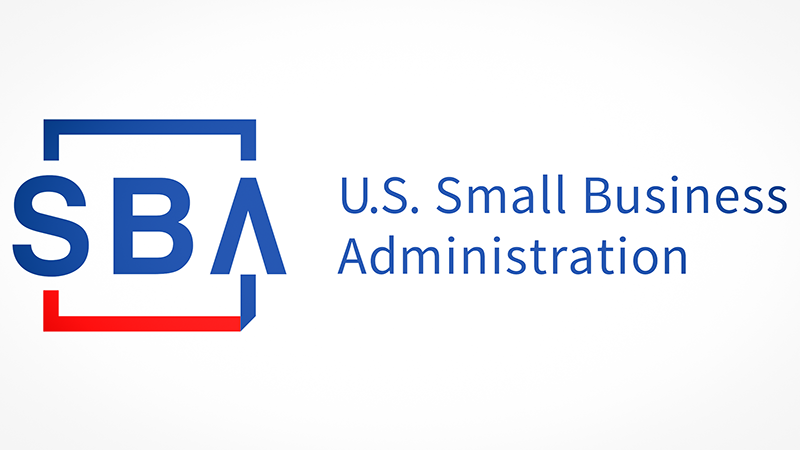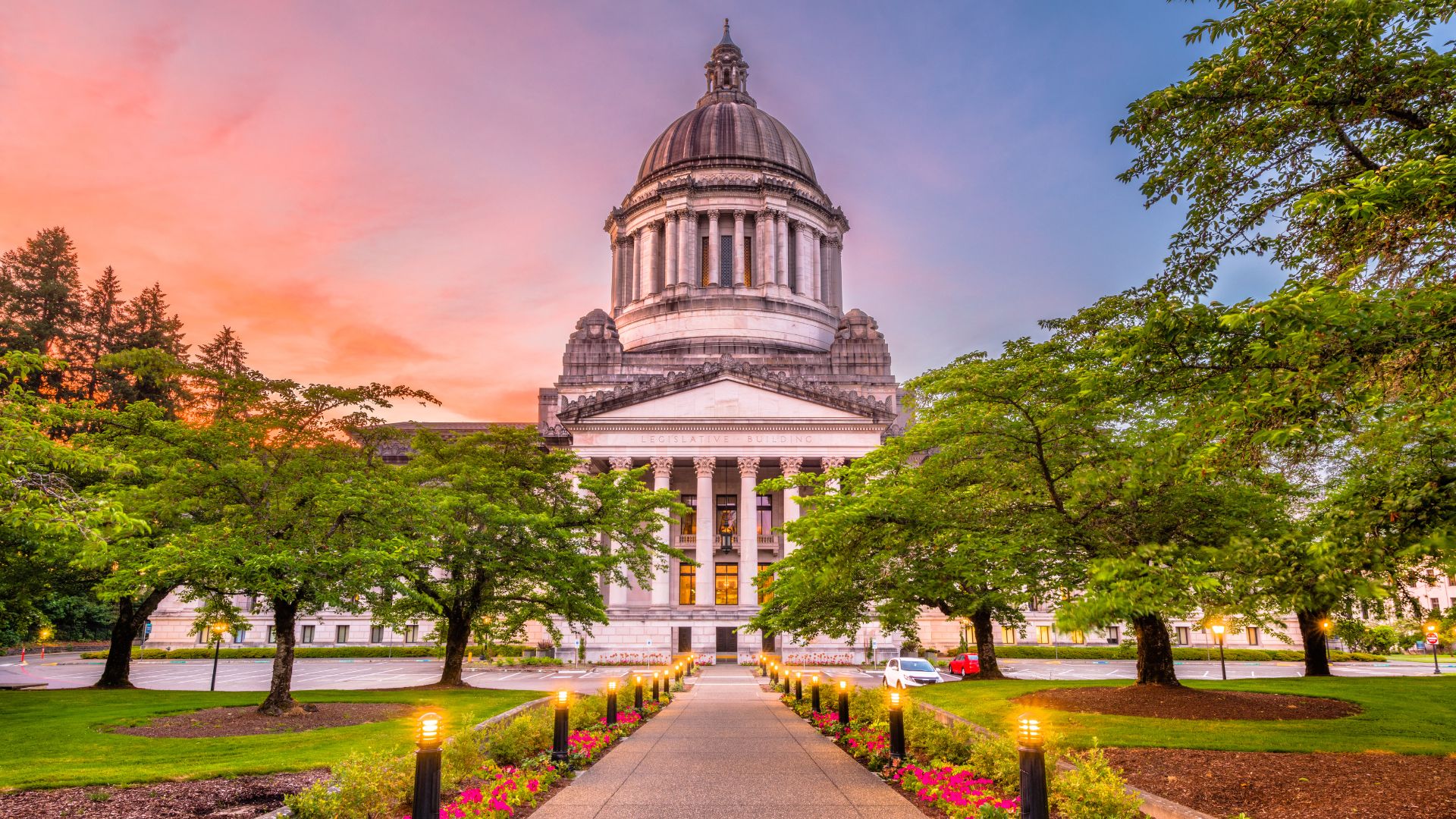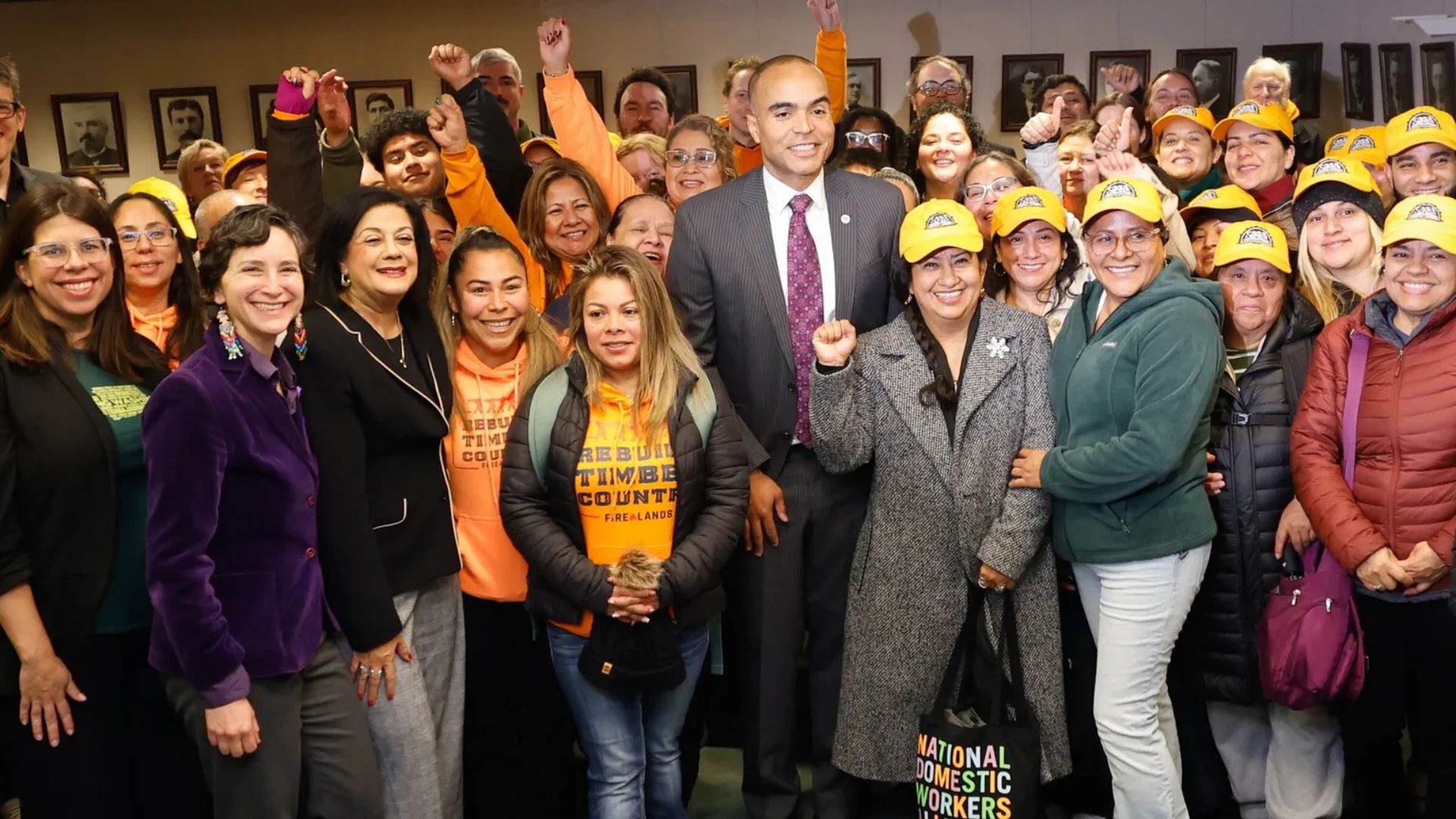
As millions of Small Business Administration (SBA) Covid Economic Injury Disaster Loans (EIDL) are coming due, borrowers struggling to repay face limited options and uncertain guidance. The SBA approved around 3.9 million loans totaling $378 billion, with a 3.75% interest rate and a 30-year term, before the program ended in May 2022.
Initially, EIDL loan payments were to begin 24 months after disbursement, but the SBA added a six-month deferment period, totaling 30 months. Consequently, business owners still recovering from the pandemic or whose businesses have failed are left with few options to handle payments.
A Hardship Accommodation Plan is the primary option for small-business owners unable to make payments. This plan reduces the borrower’s payments by 90% for six months before resuming regular payments. However, experts argue this may not be the best solution for many borrowers, as it only postpones the problem.
Due to a lack of collateral and personal guarantees, the SBA has limited options for collecting delinquent EIDL loans. Although the agency maintains that business owners must repay their loans, it has charged off approximately $330.3 million in Covid EIDL loans through 2022.
A key issue for business owners struggling to repay is the lack of guidance on the “offer in compromise,” which enables borrowers to pay a portion of the loan and have the rest charged off. While the SBA provides this option for other loan products, it has not done so for EIDL loans.
If a business owner chooses to walk away, they face negative credit reporting, confiscation of tax refunds, and, in extreme cases, wage garnishment. Additionally, future policy changes could impact the SBA’s collection efforts on smaller loans.

